An Expert’s Take on Voice Search SEO: Is It Worth Your Time?
by
Jeremy Tang - Updated
02-Aug-2024

Voice search SEO isn’t outdated—it’s more important than ever, even with Google’s MUM and SGE on the scene. We’ll show you why optimizing for voice queries still matters, how to stay ahead with cutting-edge strategies, and what real-world results look like.
Voice search SEO involves optimizing your website to rank for queries spoken into voice-enabled devices like smartphones, smart speakers, and virtual assistants. But how did we get here?
Since the introduction of 800-GOOG-411 in 2007, the way people use Google or search engines in general to find information has drastically changed.
While the only option for users to search for something was initially typing, advancements in technology have introduced a new dynamic: voice search. Today, someone can simply speak their queries to their phones, laptops, or other devices. In no time, they’ll be presented with relevant results.
That said, Google is having their hands full with other advancements like Google’s Multitask Unified Model (MUM) and Search Generative Experience (SGE). This begs the question: Is voice search still worth pursuing?
I would say that voice search SEO is still definitely worth pursuing, and in fact, it might be more crucial than ever.
Whenever there’s a new update in how search engines work, like the introduction of MUM and SGE, a lot of website owners and other ‘SEO experts‘ think that they’ll most likely replace the older technologies.
Google announced that they’re doing X, so there’s no need for us to do Y.
This is not always the case. Why do we always need to look at them as replacements when they can be viewed as enhancements?
First, let’s side-track to answer some questions:
Google’s Multitask Unified Model update is a powerhouse in search technology. Think of it as Google’s supercharged brain. Built to understand and generate language, MUM processes information from text, images, videos, and audio.
MUM is 1,000 times more powerful than Google’s previous model, BERT. For example, if you search for “Best running shoes for someone with flat feet transitioning to barefoot running,” traditional search might confuse you with separate results.
MUM, however, dives into reviews, product details, and even translates studies from other languages. It gives you a clear answer, combining features of shoes for flat feet with those for barefoot running. Plus, it might throw in tips on running form or exercises.
Google’s Search Generative Experience is a fresh, AI-powered twist on search results. Imagine getting quick, concise answers without having to dive into multiple websites. That’s SGE in action. It uses cutting-edge AI technologies like natural language processing and machine learning to understand your queries and generate helpful summaries.
As you can see below, when I searched for “How much do I need to earn to get a personal loan in Australia?” SGE got me AI-generated overviews right on the search results page which made it easier for me to find what I need in a snap.

Plus, you can ask follow-up questions directly on SGE, meaning you can refine your search without jumping from link to link.
Think about it: MUM, SGE, and voice search all share a common goal—they adapt to how users naturally search for information.
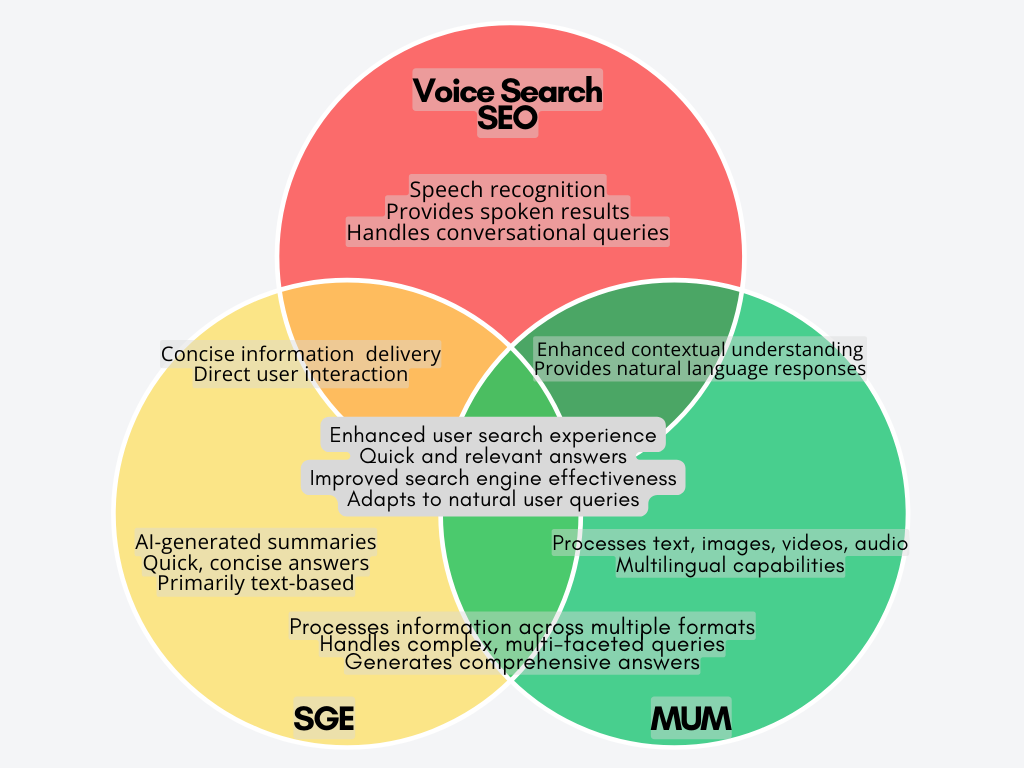
So, by optimizing for voice search SEO, you’re already aligning your strategy with the future of search regardless of the format it takes. Don’t see it as obsolete; see it as a key part of a smarter, more adaptive search landscape.
SEO is similar to a large-scale question-and-answer game. To win, you start by understanding the questions your potential customers ask via search engines. With that knowledge, you then need to deliver precise answers. The more questions your business can answer and the better you are at delivering them, the higher your rankings could be.
Voice search works the same way. Only this time, you create content that targets natural queries. You need to ask, “How do people typically speak?” For instance, if you own an Airbnb near Las Vegas, you might create content that addresses common queries like “Affordable Airbnb options near Vegas Strip.”
A few technical processes take place once someone uses voice search:
Now, let’s say Google considers your listing as the most relevant result for that voice search. If the user used either mobile device or desktops, the results are displayed similar to traditional text searches. The user will see your Airbnb listing, the prices, exact location, and business hours.
For smart speakers without screens, the voice assistant verbally reads out the most relevant result, potentially highlighting your Airbnb as a top recommendation.

I’ve mentioned that the basic principles of traditional SEO and voice search SEO are the same. But voice search affects SEO in unique ways.
Imagine you’re a searcher. Wouldn’t you ask Google Assistant questions differently than typing in a search box? Of course! Voice search shifts how people search, and SEO needs to adapt.
Voice queries are longer and sound more natural. Instead of typing “best pizza NYC,” a voice search might be, “Where can I find the best pizza in New York City?” This makes longtail keywords crucial. You need to optimize for specific phrases and full sentences. That’s where Area Ten’s programmatic SEO comes in, to target multiple variations of longtail keywords.
SEO strategies now target full questions and conversational phrases, not just isolated keywords. Content should be written in a conversational tone to match how people speak when using voice search. Think “What’s the best way to clean a leather couch?” instead of “leather couch cleaning tips.”
Voice search is skyrocketing, opening up more chances to rank at the top.
While there’s no direct statistic showing the exact increase in voice search, related data paints a clear picture of its growth. Every week, 30% of internet users aged 16-64 use voice assistants (Source: Backlink.io). On mobile apps and Android devices, 20% of queries are now voice searches (Source: Searchengineland).
Smart speakers are also becoming household staples, with 75% of homes expected to own one by 2025 (Source: Statista). Daily use is high, too—72% of smart speaker owners use their devices as part of their daily routine (Source: Google). Nearly 70% of requests to Google Assistant are made in natural language, not typed keywords (Source: Google).
Looking ahead, forecasts predict there will be 8.4 billion digital voice assistants by 2024 (Source: Statista).
I’ve always believed that covering the full spectrum of search opportunities is the key to successful SEO, and voice search is no exception. If you want to be the first listing in traditional search, you also want your brand to be the first answer people hear.
Indirectly, voice search SEO also boosts brand visibility and awareness which drives even more traffic and sales. Plus, optimizing for voice search enhances user experience by delivering quick, relevant answers. This improvement benefits all your search performance, not just voice queries.
Think you understand voice search SEO by now? Let’s see if you can separate fact from fiction.
Voice search SEO is evolving, and with that comes a lot of myths that can mislead website owners. Let’s clear up some common misconceptions and set the record straight:
Myth #1: Voice search is only for smart speakers.
Smart speakers are just one part of the picture. A Microsoft study shows that 72% of people use voice search on personal digital assistants, while 35% use smart home speakers (Source: Search Engine Land). Don’t forget smartphones, tablets, and smart TVs—all of which support voice search.
Myth #2: You need to commit to a single type of assistant.
Voice search is flexible. Users can pick from Siri, Google Assistant, Amazon Alexa, and more, depending on their device and preferences. They don’t have to stick to just one.
But which is better: Siri, Google Assistant, or Alexa?
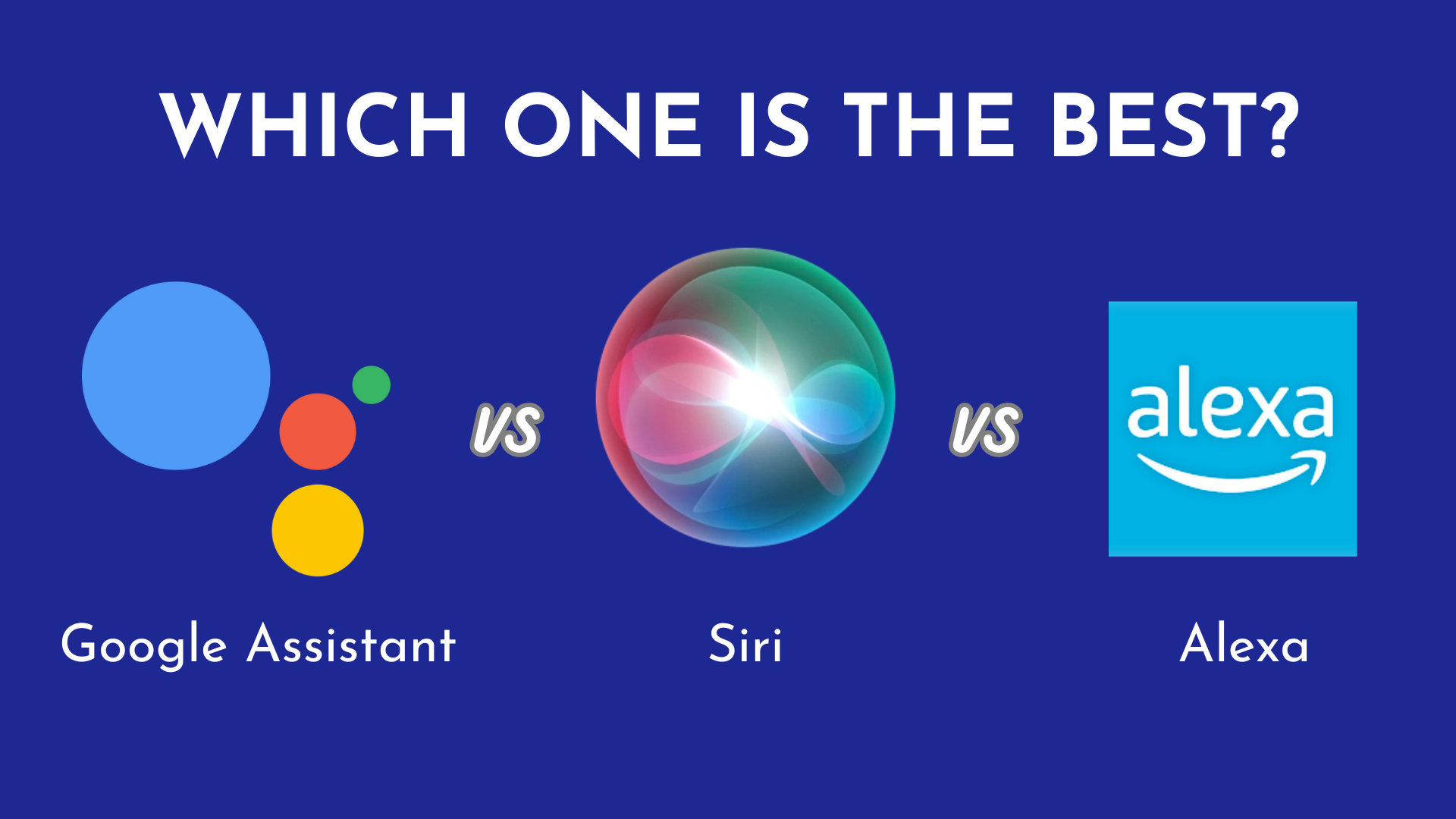
There’s no clear winner among Siri, Google Assistant, and Alexa—they all have unique strengths. Google
Assistant excels in accurate info retrieval and natural language processing, making it great for search-related tasks. Alexa shines with its vast third-party skills and smart home integration. Siri seamlessly integrates with Apple devices and offers top-notch privacy features.
For SEO, knowing which assistant your audience prefers can guide your optimization strategy. Google Assistant is ideal for search-centric content, while Alexa’s extensive integrations can enhance your smart home-related keywords.
Myth #3: Voice search yields only one answer.
Not always. Sometimes voice assistants give one answer, but they can also read out multiple results or excerpts from relevant pages. To be featured, ensure your content is clear, concise, and answers questions directly. Don’t just aim for the top—be the best answer.
Finally, here are top strategies in winning voice search SEO.
While many users use voice assistants to ask about the weather, set timers, or make calls, a large portion of them will directly pose questions like, “Hey Google, how long do you have to cook chicken?” or “Hey Google, what’s the top-rated Italian restaurant nearby?”

Voice search makes discovering information quick, convenient, and hands-free. For website owners, this means a huge opportunity to reach potential customers right when they need you. Here are top strategies you can implement:
Focus on natural language and longtail keywords that mimic how people talk. Longtail keywords are longer, more specific phrases that users are likely to say aloud. For example, instead of “best Italian restaurant,” use “what’s the best Italian restaurant near me?”
Tools you can use:
Aside from hitting the sweet spot for voice search, leveraging longtail keywords can bring further advantages to your SEO or even paid media management strategy. These queries have lower search volumes but higher conversion rates due to stronger buyer intent. Targeting them lets you tap into niche traffic with less competition, achieving faster SEO results and more conversions.
Tools like Google Keyword Planner and AnswerThePublic can help identify these phrases.
Create content that answers common questions directly. Use headings like “How do I fix a leaky faucet?” to match voice search queries. Ensure your answers are concise and to the point. Implementing schema markup provides a way to label and organize your content, as well as highlights important questions and answers on your site.
This makes it simpler for Google to identify and pull this information for voice queries, providing clear and structured answers that voice assistants can read aloud.
Optimize for Featured Snippets and Page Speed
Featured snippets are often the source of voice search answers, so aim to be the best answer.
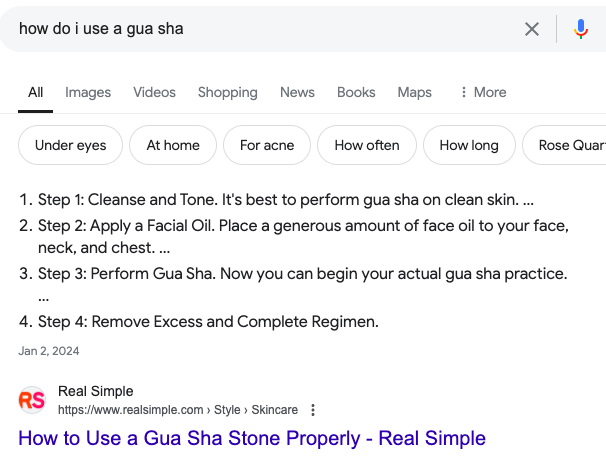
Use bullet points, lists, and concise paragraphs to increase your chances. Being featured here not only boosts your visibility but also positions your brand as a trusted source of information.
Additionally, ensure your site loads quickly on all devices, particularly mobile.
Google Lighthouse is an invaluable tool here : I can’t stress this enough—a slow site just won’t cut it. Most voice searches happen on phones, so your site must load quickly and work seamlessly on mobile.
Lighthouse is a free Chrome extension that checks if your site is mobile-friendly and fast. It gives you a report on how your site is performing in terms of Google’s Core Web Vitals, highlighting areas for improvement like load speed, interactivity, and visual stability.
To use this, simply add it to your Chrome extensions. Then, open the website you want to test.

Once you click on Lighthouse from the list of your extensions, make sure the device is set on ‘mobile’ and then generate a report.
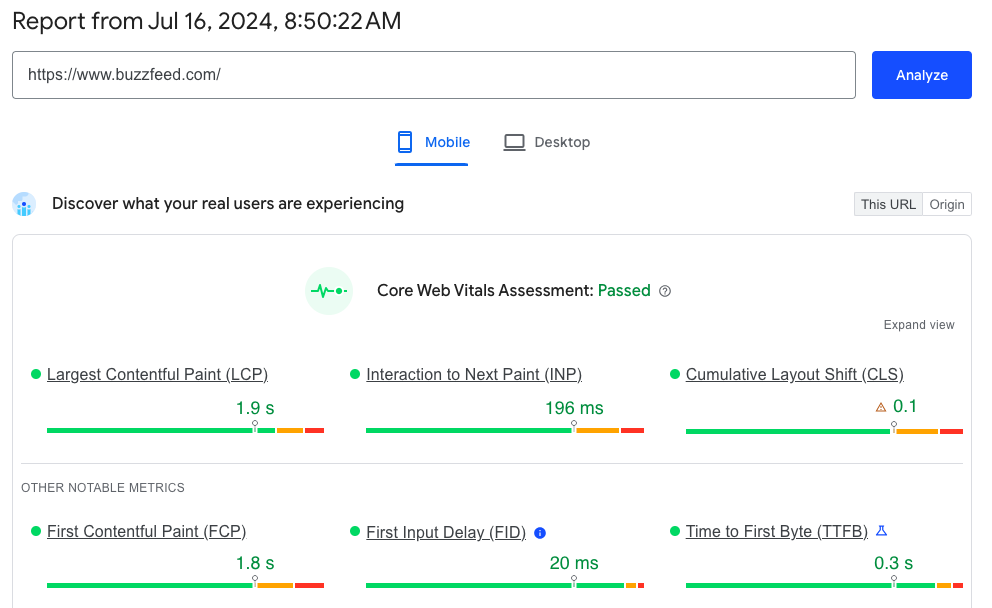
Develop FAQ sections addressing common questions related to your business. This helps capture more voice search traffic by providing direct answers in a format that Google loves.
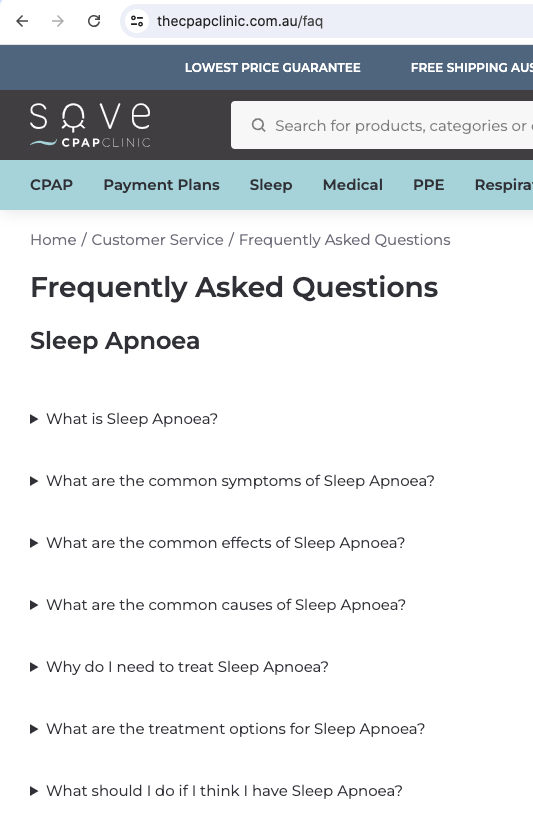
FAQ pages are an excellent way to cover a wide range of queries in a user-friendly manner, so you can enhance both your SEO and user experience.
People are also increasingly using YouTube’s voice search to find videos quickly and efficiently.
Imagine you’re in the middle of a DIY project and need instant guidance. You’d probably say, “Hey YouTube, how do I replace a bathroom sink?” Or a fitness enthusiast might ask, “Hey YouTube, show me a 20-minute yoga routine.”

Just like a typical Google search, YouTube’s voice search makes it easy for users to find exactly what they need with minimal effort, and businesses like yours need to adapt to stay relevant.
To leverage voice search SEO on YouTube, you need to optimize their content strategically. Your video isn’t the only thing that matters here.
Start with descriptive video titles and natural, conversational keywords that mimic how people speak. Incorporate longtail keywords into your video descriptions and tags. Adding subtitles and transcripts can also enhance your video’s SEO as they make it more accessible and searchable.
Mobile search has surpassed desktop, with mobile devices accounting for over half of all organic search engine visits in the United States (Source: Statista). With the default ‘assistants’ in today’s gadgets, whether it’s Google Assistant, Siri, or Alexa, voice search has become the go-to method for quick, hands-free queries.

To optimize your website for mobile voice search, start with implementing mobile-first indexing best practices. Ensure your site is fast, responsive, and mobile-friendly, as Google prioritizes mobile versions of websites in its rankings. Use natural, conversational keywords and longtail phrases that mimic how people speak. Include clear, concise answers to common questions in your content.
Perhaps it’s the local establishments who can benefit most from optimizing for voice search. Think about it: people frequently use voice search to find nearby businesses. “Hey Google, where’s the nearest pizza place?” or “Hey Siri, find a plumber near me” are common queries. This trend makes local SEO essential for capturing local traffic.
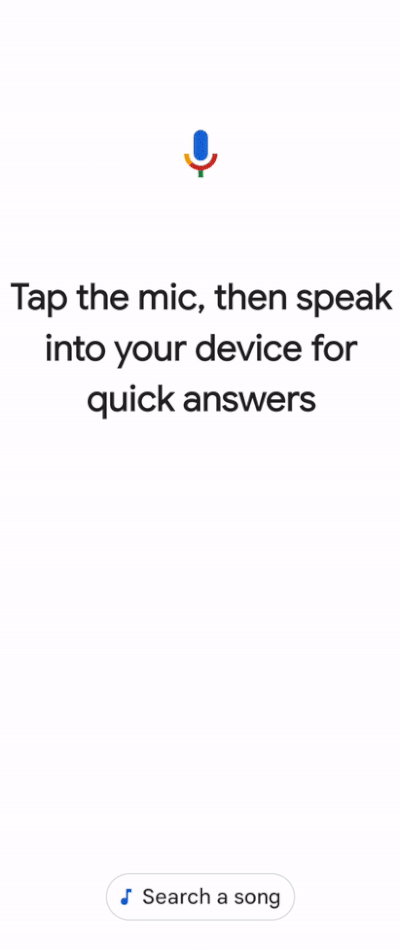
To optimize for local voice search, start with your GMB profile. Ensure it’s up-to-date with accurate business information, including your address, phone number, and hours of operation. This makes it easier for search engines to pull your details for local queries.
Use natural language and longtail keywords that reflect how people speak. Instead of just “pizza restaurant,” optimize for phrases like “best pizza restaurant near me” or “family-friendly pizza place in [your city].” Incorporate these conversational keywords into your website content, meta descriptions, and GMB profile.
Voice search SEO has its hurdles. Privacy and security concerns make many users hesitant, as they’re uncomfortable with devices listening in. Voice recognition accuracy, while much improved, still needs further refinement. Additionally, the lack of a visual interface on many devices means users can’t see additional search results or visually engage with content.
While we cannot control these limitations, we can adapt our strategies to mitigate their impact. Enhance user trust by being transparent about data usage and privacy policies. To tackle voice recognition inaccuracies, ensure your content is clear and easily understood. Since users can’t see additional search results, make your primary content as informative and engaging as possible to answer their queries fully.
Here’s a quick rundown of what you’ve learned:
Ready to dominate voice search? At Area Ten, we fast-track your success with our proprietary CMAX technology and decades of SEO and digital marketing expertise.
We’re not your average SEO agency. Our experts, each with over 10 years of experience, work directly with you to achieve needle-moving results. We target head, shoulder, and longtail keywords, capturing 90% of search opportunities that your competitors miss.
Inquire about our SEO Fast Track and start seeing significant results in just six weeks.
Book a free video consultation below to see how your SEO & Paid Media campaigns are performing against global benchmarks in your industry.
We’ll uncover tangible opportunities to grow your business in just 6 weeks, including: